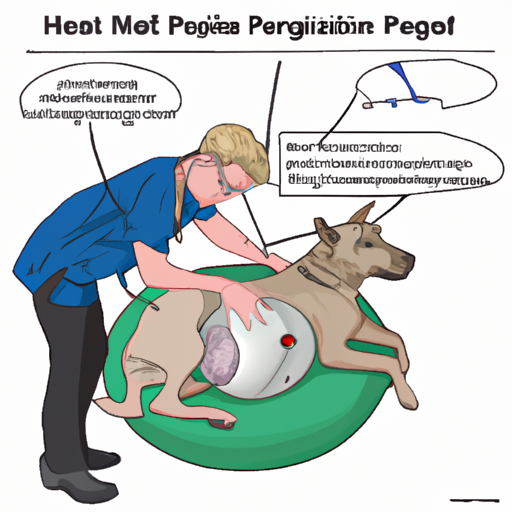As a dog owner or caregiver, seeing your furry friend in pain is heart-wrenching. One common issue among canines, particularly in their later years, is hip pain. It could be a result of arthritis, hip dysplasia, injury, or just age-related wear and tear. The good news is, there are ways to help alleviate your dog’s suffering and improve their quality of life.
Table of Contents
- Understanding Hip Pain in Dogs
- Signs of Hip Pain in Dogs
- How to Help Your Dog
- Natural Remedies for Hip Pain in Dogs
- Medical Treatments for Hip Pain in Dogs
- FAQs
Key Takeaways
- Hip pain in dogs can come from various sources, the most common being arthritis and hip dysplasia.
- It’s important to recognize the signs your dog may be suffering from hip pain, such as limping, difficulty moving, or changes in behavior.
- There are many ways you can help your dog, including natural remedies, exercise, diet changes, and medical treatments.
- Consult with your vet before starting any new treatment or regimen.
Understanding Hip Pain in Dogs
Hip pain in dogs is often caused by arthritis or hip dysplasia. Arthritis is an inflammation of the joints that leads to pain and stiffness, while hip dysplasia is a genetic condition where the hip joint doesn’t form properly. Both can result in significant discomfort for your dog.
Signs of Hip Pain in Dogs
As a caregiver, it’s critical to watch for signs your dog may be experiencing hip pain. These signs can include:
- Difficulty standing up or sitting down
- Limping or favoring one leg
- Less interest in physical activity
- Changes in behavior or mood
For a more in-depth look at the signs of hip pain, check out this article from OneTopDog.
How to Help Your Dog
If your dog is suffering from hip pain, there are several ways you can help:
Exercise
Regular, gentle exercise can help keep your dog’s joints flexible and strengthen the muscles around them. Swimming is particularly beneficial as it provides a low-impact workout.
Diet
Maintaining a healthy weight is crucial for dogs with hip pain. Excess weight can put additional strain on their joints. Consider switching to a diet specifically formulated for joint health, such as this one.
Comfort
Providing a comfortable sleeping area can alleviate some discomfort. Orthopedic dog beds are a great option for dogs with hip pain.
Natural Remedies for Hip Pain in Dogs
In addition to the above, there are several natural remedies you can try:
- Massage: A gentle massage can help relieve tension in your dog’s muscles and improve circulation to their joints.
- Supplements: Certain supplements, like glucosamine and chondroitin, can promote joint health. You can find more information on these supplements here.
- Heat Therapy: Applying a warm compress to your dog’s hips can help soothe stiff joints.
Always consult with your vet before starting any new treatment or supplement regimen.
Medical Treatments for Hip Pain in Dogs
If natural remedies aren’t providing enough relief, there are medical treatments available. Nonsteroidal anti-inflammatory drugs (NSAIDs) can reduce pain and inflammation, while more severe cases may require surgery. You can read more about these treatments here.
FAQs
Q: What breeds are most susceptible to hip pain?
A: Larger breeds like German Shepherds, Labradors, and Golden Retrievers are more prone to hip dysplasia and arthritis.
Q: Can hip pain in dogs be cured?
A: While there is no cure for conditions like arthritis or hip dysplasia, the symptoms can be managed to improve your dog’s quality of life.
Q: How can I prevent hip pain in my dog?
A: Regular exercise, a healthy diet, and regular vet check-ups can help prevent hip problems in many dogs.
In conclusion, it’s crucial to remember that while hip pain can significantly impact your dog’s life, it doesn’t mean they can’t still have a high quality of life. With a little help from their human companions, dogs with hip pain can still enjoy their favorite activities and live happily.



